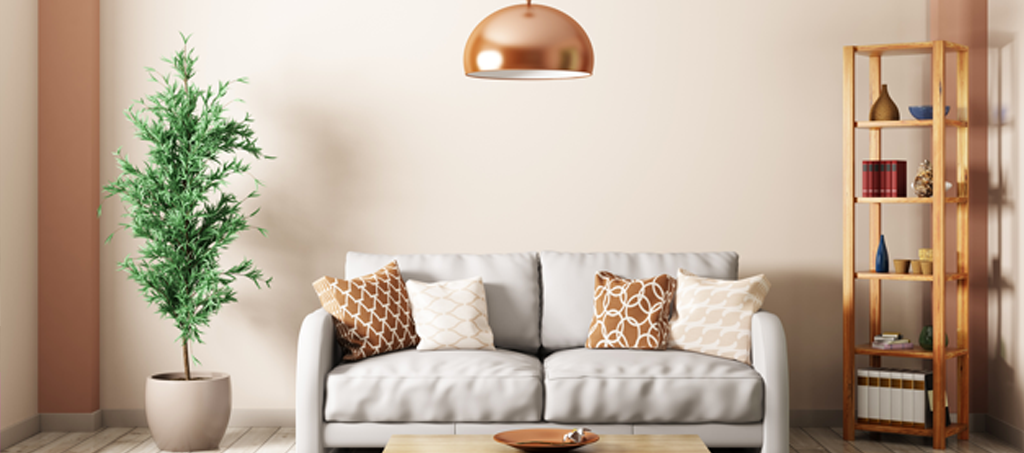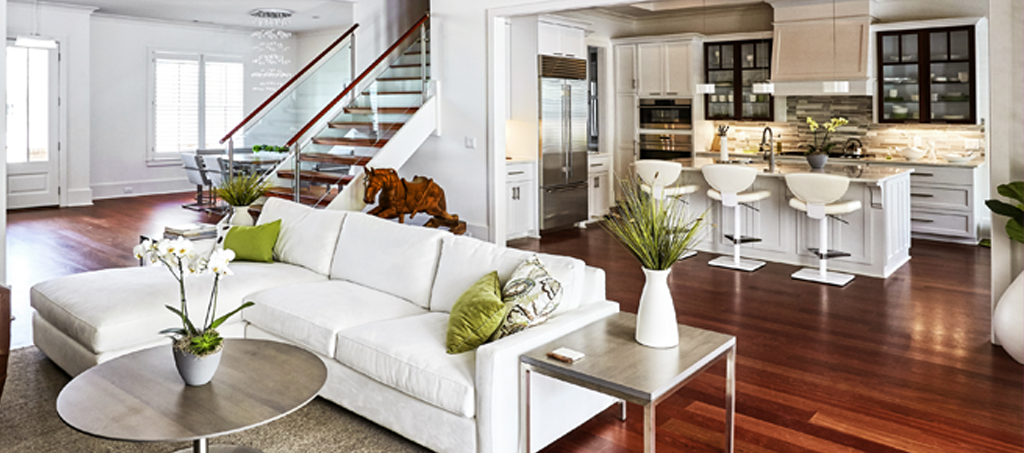As interior designers can attest, staging a home is often not as easy as it sounds. But getting that magazine finish could really help your home sale. Recent US research has found that home staging not only helps to sell your home faster but also increases the amount buyers are willing to put on the table.
Short of hiring a professional, here’s how you can master the art of home staging before you put your property on the market:
1. Declutter and depersonalise
Any home stager worth their salt will tell you to do this and its importance can’t be emphasised enough. The goal of home staging is to get buyers to mentally move in when they visit, but that becomes difficult if all your clutter gets in the way. Take the time to remove family photos and other personal items from your home too, as these can distract viewers from what your home really has to offer.
Stuck? Try the four boxes strategy
Get four boxes and name them “Sell/Give away”, “Put Away”, “Find a new home” and “Get rid of”. Next, pick a room and go through every item in it. As soon as you pick anything up it MUST go into one of the boxes. No exceptions. This method will force you to make decisions and sort through your belongings relatively quickly. Remember, be ruthless.
Need to offload some of your books? Here’s the best way to sell your books online.
2. Go for symmetry and balance
Research has found that a staged lounge, master bedroom and kitchen are most important to buyers with 55 per cent, 51 per cent and 41 per cent of surveyed buyers ranking staging as “very important” for each of these areas. The takeaway? It pays to put extra focus into these rooms. It’s also where you can use our species’ preference for symmetry to your advantage.
Study after study has shown that humans find symmetrical and balanced arrangements more aesthetically pleasing—from art to faces and food—and yes, even how we arrange our furniture. To start, pull your lounge furniture away from the walls and pair up movable furniture, such as your chairs, lamps, and side tables. If something doesn’t come with a matching partner, try pairing it with something of similar size to balance the room out.
 Because the plant and shelf are the same size, they work well as a pair and bring balance to the room.
Because the plant and shelf are the same size, they work well as a pair and bring balance to the room.
Ready to rearrange your lounge? Here are three blueprint lounge plans to try.
3. Establish the feature of each room
The feature in each room is whatever your eye is drawn to first. It could be a fireplace, a different coloured wall, a piece of furniture, a window, or an artwork or mirror. Once you’ve found your feature, design around it. Incorporate its colours and textures into the rest of the room, and choose complimentary colours to tie everything together.
Tip: Don’t confuse the centre point of a room with its feature—they’re not always the same thing.
4. Draw the eye to invite people to explore
A strategically placed piece of furniture, artwork or plant in a hallway, awkward corner or at the top of a set of stairs can create a point of visual interest and encourage visitors to investigate further.
Triangulation
This simple concept is easy to put in action in almost any room. In essence, it is about creating triangles of colour and texture to draw the eye around a room. It’s a great tool to use to help your symmetry and balance too.
 A triangle has been created through the two green cushions and the coffee table plant.
A triangle has been created through the two green cushions and the coffee table plant.
5. Design with the lifestyle of your potential buyers in mind
What sort of lifestyle will your potential buyers look for in your property? Is it an entertainer’s delight, a home away from home, or all business? Think about the features that will help buyers to visualise the lifestyle they might lead in your home. A table and chairs for a family on the deck, a secluded reading chair in the sun, or a minimalist kitchen can all help sell a viewer on a different lifestyle—the trick is recognising which lifestyle suits your home best and then drawing attention to the features that highlight it.
If you get stuck, remember that an agent can also help with this, and make sure you’re on the right track if you’ve already started!
Tip: Think about the neighbourhood you’re living in. Is it mostly families, working professionals, students or seniors? Use that information to guide your staging decisions. Again, don’t be afraid to enlist an agent’s advice.
Looking to sell in the next few months?
Declutter and stage your home yourself with our free guide: Five steps to generate a higher home sale.
More Posts You Might Like
See all BlogsPost election tenant insights with David Kneebone
The Lodge Real Estate Team
on 5 October 2023
Could Hamilton’s positive PR signal the return of investors?
The Lodge Rentals Team
on 14 March 2024
Inspecting Building Inspections: Worth it, or not?
The Lodge Real Estate Team
on 13 July 2023


